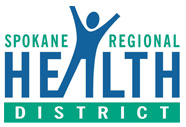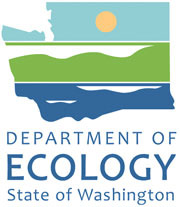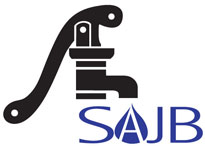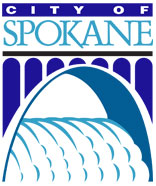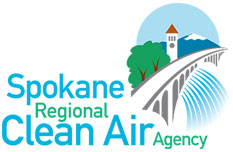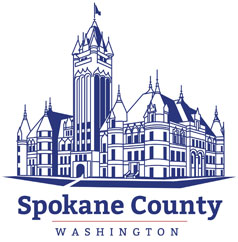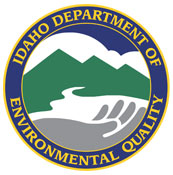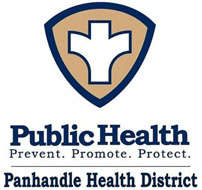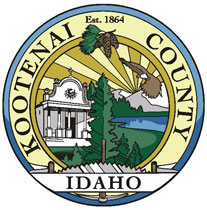Waste » Business » Oil » PCB
Description and Use
Polychlorinated biphenyls (PCBs) are human-made, chlorinated chemical compounds originally developed in 1929. Because they do not burn, break down or conduct electricity, they were used in electrical transformers, capacitors, lubricants, and many other commercial and household products, e.g.—fluorescent lighting fixtures and newsprint. Manufacturing of PCBs was banned in 1979.
Sources and Pathways to The Spokane River
Although banned, previous PCB releases still persist in the environment. Products with PCBs are still in use and may release this toxic chemical into the air, water, or soil. Current testing shows about 55% of PCBs enter the river through the City of Spokane combined sewer overflow and storm water system, 25% at the Idaho border, 15% through industrial and wastewater treatment discharges, and 5% from the Little Spokane River.
Read more from "Toxic Chemicals and Heavy Metals in the Spokane River: A Public Guide"
It is important to manage the removal in a way that minimizes workers' exposure to the PCBs (e.g., facemasks, gloves, etc.) and prevents the release of PCBs into the environment
Disposal of federally regulated PCB wastes must follow EPA's regulations found in 40 CFR part 761:
- No person may open burn PCBs.
- No person may process liquid PCBs into a non-liquid form in order to circumvent high temperature incineration requirements for liquid PCBs.
- No person may discharge water with 3 micrograms per liter (3 parts per billion) or more of PCBs unless they have a (NPDES) permit under the Clean Water Act.
- Spills and uncontrolled discharges are considered to be disposal.
Read the labels for paints, lubricants and hydraulic fluids, pesticides, pigments and printing inks and choose PCB free products.
- Be a consumer advocate for plain packaging that uses less ink since a lot of common packaging contains PCBs due to inks and dyes.
- Don’t rinse chemicals, solvents, oil, paints, etc. down your home drains or stormwater drains. “Only rain down the storm drain.”
- Be aware of fish consumption advisories since PCBs can bio-accumulate in them. Clean fish removing fatty tissue and or allow it to drip away when grilling/cooking fish.
PCBs are regulated under the Toxic Substances Control Act (TSCA), which became law in 1976. TSCA bans the manufacture, processing, use and distribution in commerce of PCBs, and gives EPA the authority to regulate the use, manufacture, cleanup, storage, and disposal of PCBs.
The current PCB regulations were published pursuant to this Act, and can be found in Title 40 of the Code of Federal Regulations (40 CFR Part 761).
City of Spokane Integrated Clean Water Plan - PCBs The City of Spokane is working to improve the health of the Spokane River and reduce the amount of pollution that enters it. One important pollutant of concern for the City is PCBs.
Spokane County Water Resources Spokane County has developed a resource page on PCBs here which includes downloadable summaries and handouts, including the PCB Challenge - Download the poster.
Washington State Department of Ecology PCB Chemical Action Plan Overview
U.S. Environmental Protection Agency information, policy & guidance, disposal and storage
Dangerous Colors and the Poisoning of the Spokane River
by Don Fels Saturday, October 10, 2015 Crosscut
What will it take to clean up a poisoned river?
by Don Fels, Sunday October 11, 2015 Crosscut


